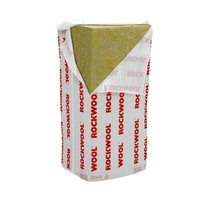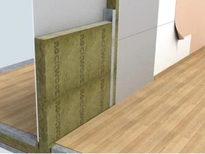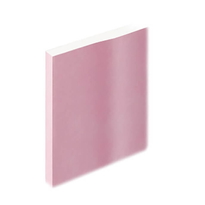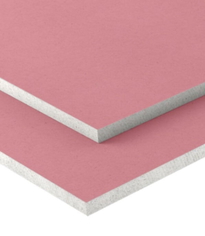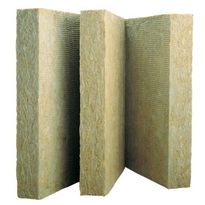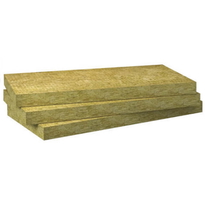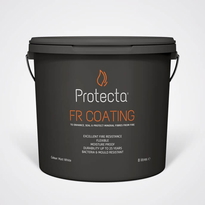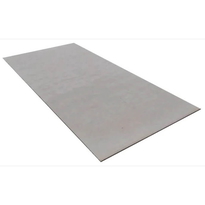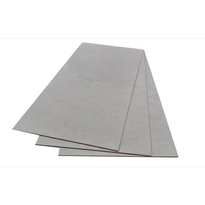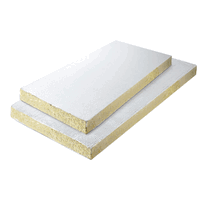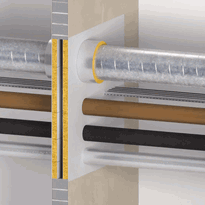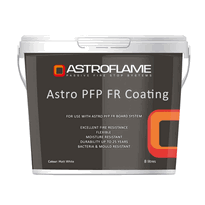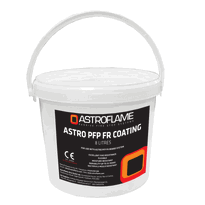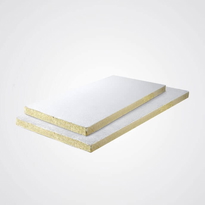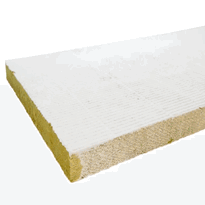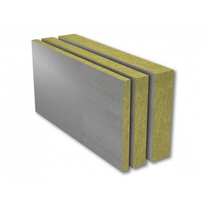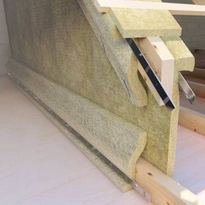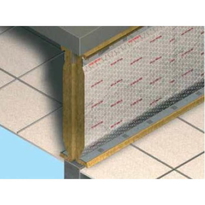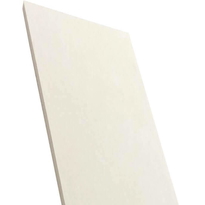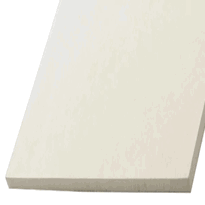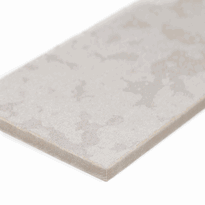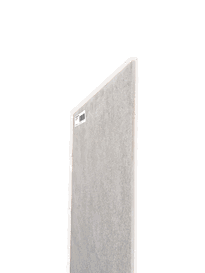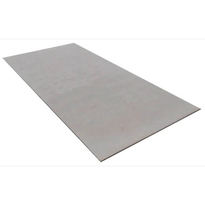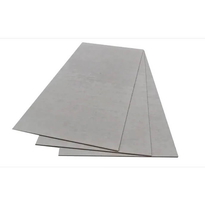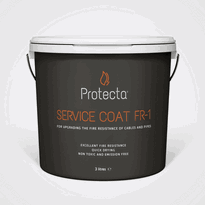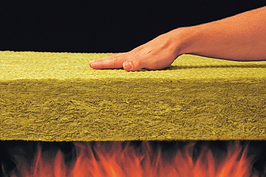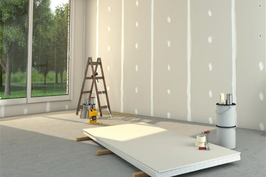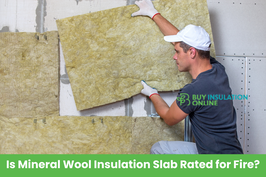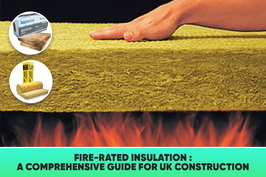Fireproof Insulation Boards
Fireproof insulation boards are specialised materials designed to resist high temperatures and slow the spread of flames in buildings. Constructed from non-combustible substances such as mineral wool, calcium silicate, or fibreglass, these boards play a vital role in enhancing fire safety within wall and roof systems. They often comply with stringent standards, ensuring they provide effective protection during a fire event.
These insulation boards contribute significantly to maintaining the structural integrity of buildings when exposed to fire, thereby safeguarding lives and property. Their applications extend across various construction projects, making them essential for both residential and commercial properties.
To discover more about the different types of fireproof insulation boards, their specific applications, and the relevant standards they meet, continue exploring their crucial function in fire-resistant construction.
Understanding Fire Resistance Ratings and Classifications
Understanding fire resistance ratings and classifications is crucial for selecting effective insulation materials. These ratings signify the duration for which insulation can withstand fire, typically ranging from one to four hours, providing essential safety margins. The flame spread index measures the speed at which flames propagate across surfaces; a score indicating excellent resistance is between zero and twenty-five. Smoke development ratings assess the amount of smoke produced during a fire; lower values correlate with safer performance. Standards such as BS EN 13501-1 in Europe evaluate these properties to ensure consistent safety levels. Building regulations often necessitate specific fire classifications based on location and intended use, with Class A materials significantly slowing the spread of flames. These classifications are instrumental in creating safer buildings, protecting occupants, and adhering to legal and insurance standards. Different materials have varying fire resistance durations, influencing their suitability for specific applications. By understanding fire resistance ratings, one can make informed choices that enhance safety and compliance in construction and renovation projects.
Types of Fireproof Insulation Materials and Their Properties
Various materials are utilised to enhance fire resistance in buildings, each offering distinct properties suited to different applications.
Mineral wool insulation, which is derived from rock, slag, or glass wool, is inherently non-combustible and can withstand intense fires without melting. Its non-combustible nature makes it ideal for thermal and acoustic insulation in fire-resistant structures.
Fibreglass insulation, made from glass strands, is also non-combustible but has a lower melting point. It's economical and widely available.
Intumescent coatings have the ability to expand when exposed to heat, creating a protective barrier that delays the spread of fire. These coatings are often employed alongside other insulation types for added safety.
Phenolic foam is notable for its low smoke emissions and high thermal efficiency, making it ideal for spaces requiring a thin yet effective fire-resistant layer.
Calcium silicate is recognised for its high-temperature resistance and strength, rendering it suitable for industrial environments that demand durability under extreme conditions.
These fireproof insulation materials play a crucial role in safeguarding buildings and ensuring the safety of their occupants.
Structural Fireproof Panels and How They Enhance Safety
Structural fireproof panels are essential in enhancing building safety by effectively preventing the spread of flames and maintaining structural integrity during a fire. Constructed from non-combustible materials such as magnesium oxide and glass fibre reinforced concrete, these panels resist ignition and significantly slow the spread of flames, providing occupants with valuable time to evacuate. These materials are selected for their high-performance fire resistance and durability, ensuring long-lasting safety benefits. The continuous surfaces and seamless construction of these panels seal any potential gaps, thereby limiting pathways for fire and smoke. They're designed to withstand intense heat, preserving their strength and preventing collapse, which is crucial in emergency situations. Many fireproof panels comply with stringent fire safety standards, ensuring that they meet the necessary building regulations. In addition to their fire-resistant properties, these panels emit minimal smoke and toxic fumes, reducing hazards for both occupants and firefighters during a blaze.
Innovative Technologies in Fire-Rated Insulation Systems
Innovative fire-rated insulation systems utilise advanced materials and techniques to enhance safety and performance. These systems incorporate intumescent coatings, spray-applied fireproofing, and high-performance thermal insulation materials.
Intumescent coatings create a protective char when exposed to heat, insulating structures and maintaining safe temperatures. They also offer aesthetic appeal with a smooth, paint-like finish. EIFS technology has benefited from the incorporation of fire-resistant components, making it possible to achieve fire ratings while maintaining design flexibility.
Spray-applied fireproofing employs lightweight, durable materials that can be applied rapidly using robotic technology. This method ensures swift coverage, improved adhesion, and lasting fire resistance.
Thermal insulation materials such as aerogels, vacuum insulated panels (VIPs), and spray foam enhance fire safety while providing excellent thermal resistance. Some materials, including phase change substances, also aid in regulating indoor temperatures and support energy efficiency.
These innovations contribute to the development of safer, more resilient buildings that comply with contemporary safety standards while offering design flexibility.
Applications and Standards for Fireproof Insulation Boards
Fireproof insulation boards are essential for achieving building safety standards, particularly in fire-resistant wall and roof constructions. These boards are predominantly utilised in fire-resistance-rated wall assemblies, which must comply with established safety standards. They're also integrated into external insulation systems to enhance thermal performance while adhering to fire safety regulations. In masonry cavity walls, fireproof insulation boards assist in attaining the necessary thermal resistance values and ensuring effective fire separation. In roofing applications, materials such as polyisocyanurate boards are favoured for their exceptional high-temperature resistance. Fire safety standards delineate the required physical and fire-resistant characteristics of these boards. Independent testing also verifies fire ratings, ensuring confidence in their performance. Proper installation is crucial, including the application of fire barriers and compliance with local regulations, to guarantee that these boards provide the vital protection needed in key areas of building construction. ASTM E84 and NFPA standards specify testing methods and classification for the fire performance of insulation materials, ensuring their suitability in fire-rated assemblies.
Conclusion
Fireproof insulation boards are essential for ensuring safety in buildings by providing effective fire resistance and protection. Grasping their ratings, materials, and applications is crucial for selecting the appropriate type to meet specific requirements.
Recent advancements in technology have significantly enhanced fireproofing systems, leading to improved performance and safety outcomes. When utilised correctly, these boards comply with industry standards, delivering dependable fire protection that mitigates risks and helps safeguard lives and property across a variety of building environments.
Understanding the importance of fireproof insulation boards can aid in making informed decisions that prioritise safety and compliance in construction and renovation projects throughout the UK.
